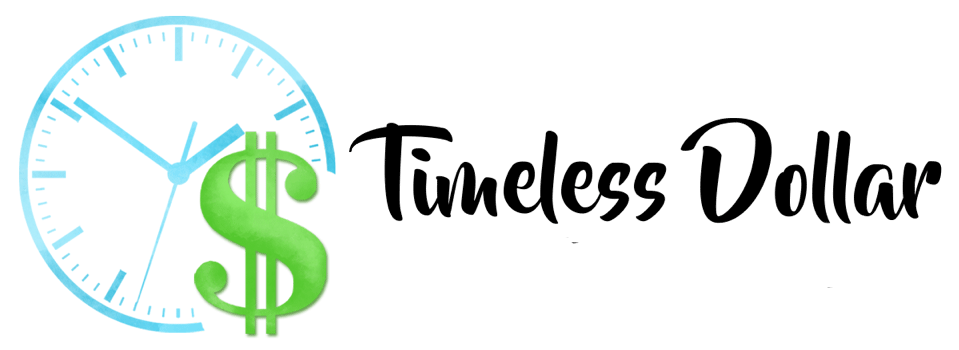Taylor Trading Technique
The Taylor Trading Technique – A Forecast Model For Day Trading
The Taylor trading technique is a mathematical model predicting where a futures market is likely to trade in the near future. George Taylor studied price movements in several grain markets waaaay back in the 1950’s. What he did was measure market movements from lows to highs and again from highs to lows. His studies confirmed two things, each quite remarkable:
1. Markets are engineered both up and down by degrees by the market makers (who were grain sellers). The objective that these market makers wanted to achieve was to sell their product for the highest prices when the grain came to market in the future. His book, Taylor Trading Technique, details how this was done.
2. Every market exhibited the same type of movement. From his observations, Taylor was able to develop a mathematical model to predict market price movements in the near future.
 There’s a good explanation of Taylor’s model at Daniels Trading, but you won’t find the formulas at Daniels. To learn how to calculate the formulas, you can buy the book, but the book is extremely difficult to understand and the formulas are not provided. If you want to know Taylor’s formulas, I teach them in my trading course. You’ll learn the multiple calculations, but you’ll need to do the math each day for the next trading day’ numbers. A far easier way is to simply receive Taylor’s numbers via email by subscribing to my daily Taylor Trading Report.
There’s a good explanation of Taylor’s model at Daniels Trading, but you won’t find the formulas at Daniels. To learn how to calculate the formulas, you can buy the book, but the book is extremely difficult to understand and the formulas are not provided. If you want to know Taylor’s formulas, I teach them in my trading course. You’ll learn the multiple calculations, but you’ll need to do the math each day for the next trading day’ numbers. A far easier way is to simply receive Taylor’s numbers via email by subscribing to my daily Taylor Trading Report.
The Taylor Trading Technique has been tested in virtually every futures market and found to be highly accurate. Not 100% accurate but more often than not, Taylor’s model predicts where prices are likely to trade the next trading day. Over the years, Taylor’s model has been adopted by almost all professional traders because it offers insights on where levels of support and resistance are likely to be, and the range that prices will move. To this day, Taylor’s model has proven valuable to futures traders.
So why hasn’t it been adopted by casual and novice traders? That’s a good question, and the reason is that the mathematical formula is difficult to calculate. Traders who want to try Taylor Trading Technique for themselves can purchase his book – but the book doesn’t provide clarity on how the calculations are expressed. To try Taylor’s model, you can get the Taylor numbers each day by subscription.
Anyone who wants to learn how to day trade S&P emini futures needs to have as much information as possible in order to help determine where to place a trade. Trading is not easy to do because it is impossible to know the future with any degree of certainty. But the market does give off signals and a wise trader needs to know how to interpret the signals. Market prices seem to move erratically, but with enough information, trading S&P emini futures can be done with a greater assurance of success. An S&P emini futures trader who has Information about market signals and knows how to use them makes knowledgeable traders much more successful than others who use “seat of the pants” method.
Some of the information that S&P emini futures traders should have are:
- The Trend
- The Intraday and / or Low
- The Calculated Trading Zone via Taylor’s Book Method
- The daily calculated range
- Support and resistance levels
- Stochastics
- Candlestick patterns
These are some of the bits and pieces of information every trader needs to have in order to assess a trade. Of course, that is not to say that even with all this information a trade will work out, but having this knowledge puts the odds of success more on the trader’s side.
Having as much information as possible gives S&P emini day traders a big advantage over “seat of the pants” traders. It cannot be stressed enough that without learning as much as possible about the market, it is highly unlikely that a trader will succeed at making money by day trading S&P emini futures, much less in a trading career.
Subscribe to my mailing list to receive information about S&P emini day trading. Subscribe using this form.


